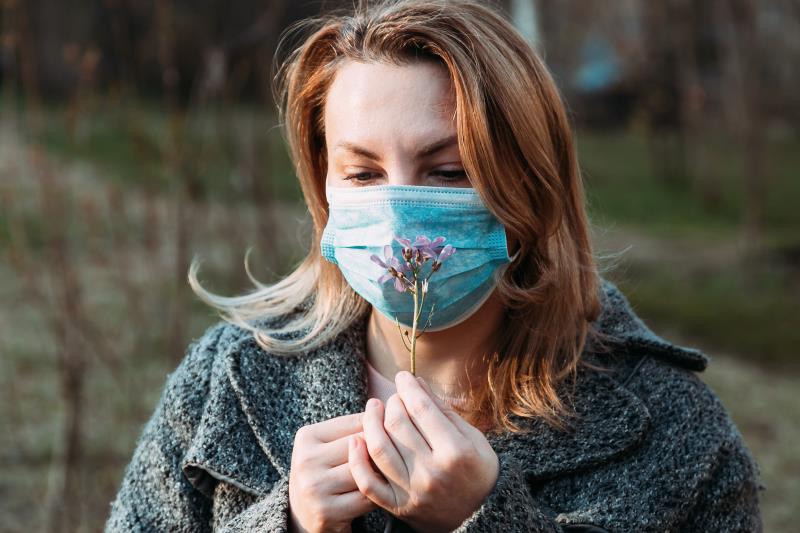Smell, taste dysfunction among COVID-19 patients unrelated to viral load





Although olfactory and gustatory dysfunctions are common among patients with the coronavirus disease 2019 (COVID-19), they do not exhibit a clear connection to viral load, according to a recent study.
“[O]ur findings demonstrate that olfactory and gustatory dysfunction are even more specific than other common symptoms widely adopted to screen COVID-19 infection, as none of the symptomatic patients with negative SARS-CoV-2 test results in our study complained of smell or taste impairment,” researchers said.
Eighty-three COVID-19 patients (mean age, 36.4±16.3 years; 48 males) were enrolled, presenting with coughs, fevers, and expectorations. The diagnosis of COVID-19 was confirmed through polymerase chain reaction (PCR) testing from both nasopharyngeal and throat swabs. A parallel group of 60 controls (mean age, 38.4±14.2 years; 26 males), who were symptomatic but tested negative, was included.
Thirty-nine COVID-19 patients reported olfactory dysfunction, yielding a prevalence rate of 47.0 percent. Of these, 18 had anosmia and 21 had hyposmia. Olfactory dysfunction was the only symptom in four COVID-19 patients and was the earliest manifestation of the disease in nine. Rhinorrhoea, fever, and nasal blockage all occurred more commonly among patients with olfactory dysfunction. [Laryngoscope 2020;doi:10.1002/lary.29056]
In comparison, the prevalence of gustatory dysfunction in COVID-19 patients was 43.4 percent (n=36), including seven cases of ageusia and 29 of hypogeusia. Pronounced olfactory dysfunction correlated significantly and strongly with profound gustatory dysfunction (Spearman’s correlation coefficient, 0.797; p<0.01).
None of the controls demonstrated olfactory or gustatory dysfunction. The differences between groups were statistically significant (p<0.05 for both).
The mean PCR cycle threshold (Ct) value in the overall cohort was 28.3±6.7. Analysis according to the severity of olfactory and gustatory impairment revealed no significant interaction (p=0.780 and p=0.121, respectively).
Similarly, researchers saw no relationship between viral load and the recovery time in patients with olfactory (p=0.968) or gustatory (p=0.940) dysfunction. The mean recovery times in the respective subgroups were 10.3±8.1 and 9.5±6.8 days.
The mechanisms by which SARS-CoV-2 triggers olfactory and gustatory dysfunction are still unknown, the researchers said, postulating that there may be nasal or neural components to this effect.
“However, regardless of the mechanism by which the SARS-CoV-2 virus causes olfactory and gustatory dysfunction, our results do not indicate any association between the viral load and the severity of olfactory and gustatory impairment,” they added, noting that there have also been records of asymptomatic patients showing viral loads comparable to that of symptomatic patients.
“This means that viral load alone is not a reliable predictor of disease outcome. Further research is needed to identify any predictive factors for the severity of these symptoms,” they said.
Limitations of the present study include failure to physically examine the nose and pharynx of the enrolled patients to rule out other potential aetiologies of olfactory disturbance and lack of objective tests to quantify the severity of these dysfunctions.